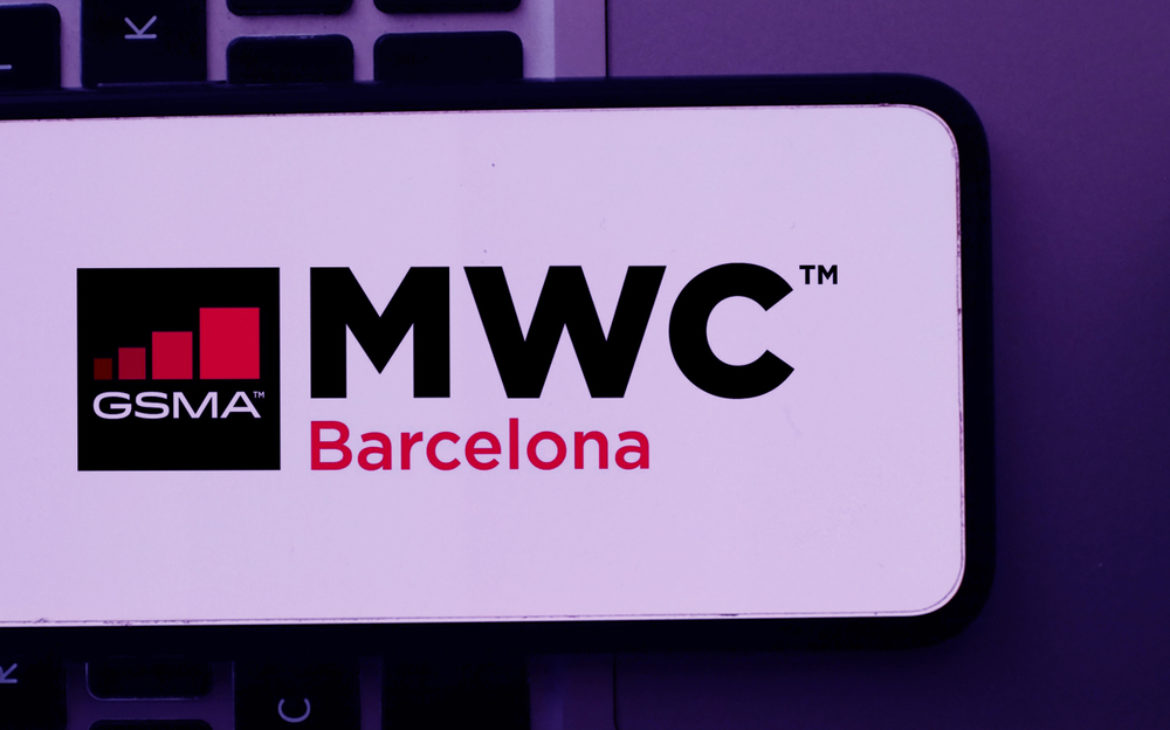Last week, the Mobile World Congress (MWC) took place in Barcelona, considered one of the largest global events for the connectivity sector. A fair of this size has historically been the occasion for many new industry announcements, and this year was no exception. In particular, MWC introduced a wave of RAN-based announcements from some of the industry’s most prominent players.
Intel presents processors with vRAN Boost
Intel drew the spotlight at MWC by unveiling a range of products and solutions aimed at accelerating the transition of 5G networks from hardware to software-defined platforms.
The company’s biggest hardware launch was the 4th Gen Intel Xeon Scalable processors with Intel vRAN Boost to accelerate the virtualization of RAN and reduce communication service providers’ total cost of ownership. According to Intel, by fully integrating vRAN acceleration into the Intel Xeon SoC (system-on-chip), it has basically eliminated the need for an external accelerator. The new solution is said to provide twice the capacity of the previous generation within the same power envelope and up to 20% power savings with integrated acceleration.
Overall, Intel expects the 4th Gen Xeon Scalable processors to match or surpass the performance-per-watt of the best layer 1 SoC accelerator cards in the market today. Moreover, the 4th Gen Intel Xeon Scalable processors enable – for the first time in the industry – 1 Tbps of performance for the 5G user plane function (UPF) workload within a single dual-socket server.
ADI and Marvell team up for 5G Massive MIMO reference design
Analog Devices (ADI) and Marvell Technology stood out at the Congress with the announcement of a new 5G mMIMO reference design platform.
From a high level, the goal of this platform is to speed up the time to market for advanced mMIMO radio units and increase support for Open RAN through a quality reference design. Namely, the platform includes ADI’s RadioVerse Transceiver SoC alongside Marvell’s OCTEON 10 Fusion 5G baseband processor, which is the industry’s first 5 nm digital beamforming solution in the 5G network.
The ADRV9040 transceiver/SoC was included thanks to its digital capabilities, such as linearization algorithms that boost power amplifier efficiency and performance, as well as digital channel filters that reduce interface rates. On the other hand, the OCTEON 10 Fusion 5G baseband processor comes with dedicated accelerators for high-efficiency beamforming algorithms as well as dedicated processors for the low PHY (physical layer) baseband. By combining these two devices, the companies claim to have developed a solution that supports the entire signal chain and delivers exceptional radio unit system efficiency.
The reference design supports a 64T64R configuration as well as 32 transmit and receive antennas (32T32R) with 400 MHz of operational bandwidth and 300 MHz of instantaneous bandwidth.
Samsung’s vRAN 3.0
Samsung introduced the next phase of its plan for a 5G virtualized radio access network. The company used MWC to announce the release of a new software for its virtualized RAN (vRAN) that will improve performance and save power.
The software called vRAN 3.0 includes several new features designed to meet the needs of forward-looking operators, such as increased bandwidth support for mMIMO radios and automated networks with CPU Core Sleep Mode, which reduces power consumption by automatically putting the CPU (central processing unit) in “sleep mode” during low data traffic. Additionally, vRAN 3.0 will include Adaptive Core Allocation features, which work to assign a proportional number of CPU cores to the number of active cells at setup. This ultimately results in reduced power consumption during periods of low data traffic. Other noteworthy performance optimization capabilities include 200 MHz three-cell support and modem algorithm optimizations.
The company plans to launch the new vRAN capabilities to global operators in the first half of 2023, beginning its rollout in North America.
Nokia’s anyRAN and Cloud RAN SmartNIC simplify RAN deployment
This week, Nokia announced a new software solution dubbed anyRAN, designed to offer flexibility in building and evolving radio access networks for mobile network operators and enterprises.
This solution allows operators to choose from a range of hardware, cloud infrastructure, and data center solutions to run Nokia’s Cloud RAN service. The anyRAN concept nsupports Nokia AirScale base stations and Nokia AirFrame servers as well as any partner’s Cloud and server infrastructure.
In addition, to support these high-performance solutions, Nokia has developed the Cloud RAN SmartNIC, a graphics acceleration card that uses dedicated and optimized silicon technology for more energy efficiency and higher performance. The SmartNIC can integrate easily with all leading cloud or server infrastructures.
Nokia believes that this way it will enable a mix of purpose-built, hybrid, and fully cloud-based RAN solutions, facilitating deployments in the process.
Fujitsu announces 5G vRAN for teleoperators
The final news of this overview comes from Fujitsu, which announced a new solution for the 5G virtualized radio access network.
Developed as part of the 5G Open RAN Ecosystem project, it combines Fujitsu’s virtualized centralized unit (CU) and distributed unit (DU) alongside NVIDIA’s A100X graphics processing unit technology. The solution uses NVIDIA’s A100X GPU processor for physical layer processing at the base station, allowing parallel processing of virtualized base stations and edge applications on the same server. Doing this creates a flexible, all-in-one device configuration that can be scaled up with various functions.
The solution also provides improved radio unit (RU) capacity and processing power, enabling carriers to build high-quality, open networks that can handle high-load data processing and future improvements in antenna technologies. The system will be offered to telecommunication companies worldwide starting in March 2023.
Source: All About Circuits
